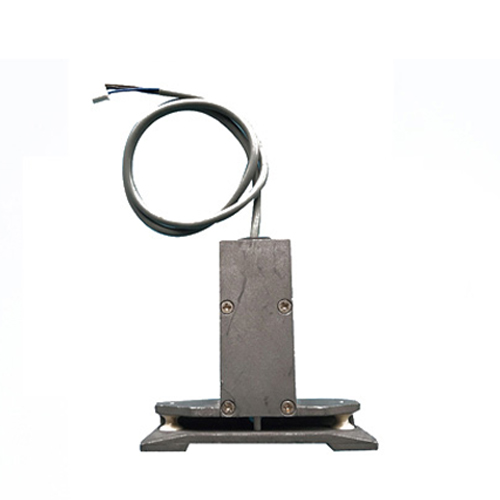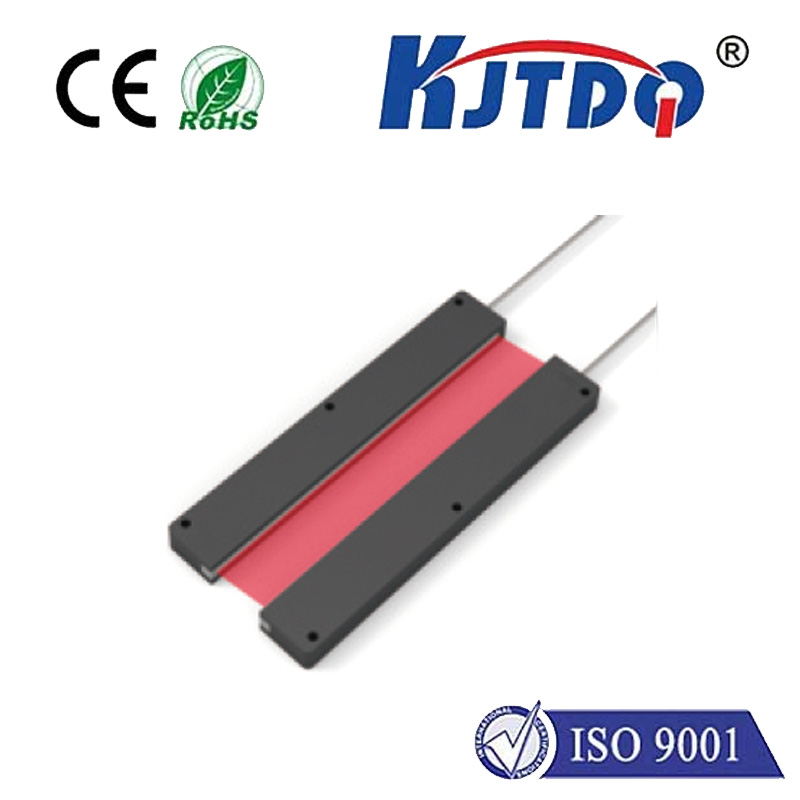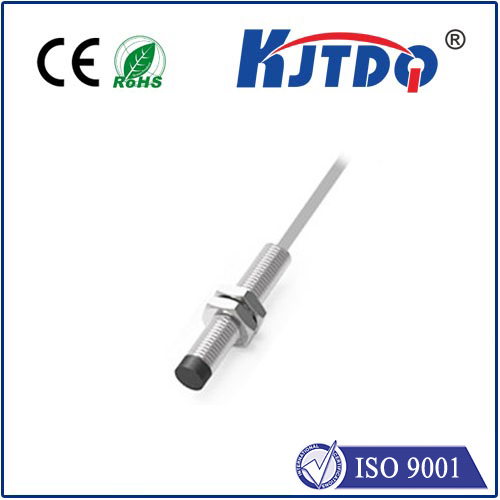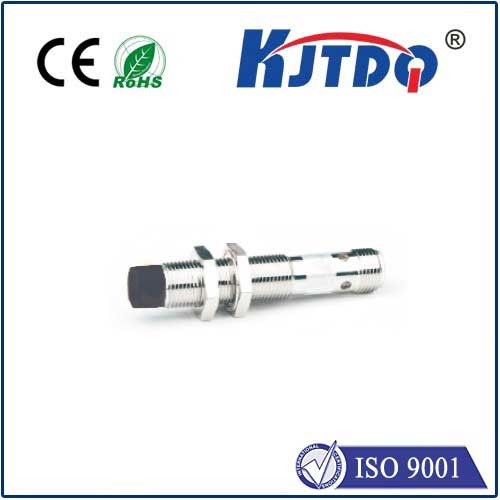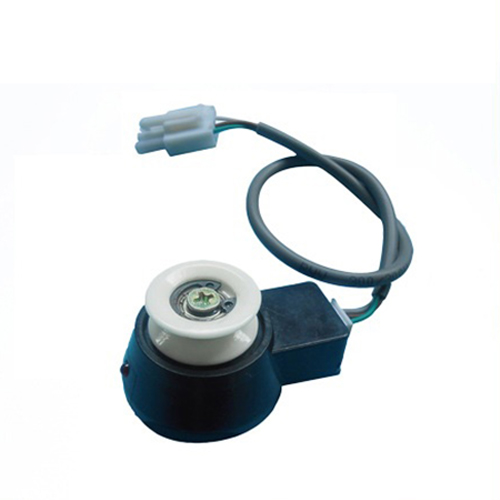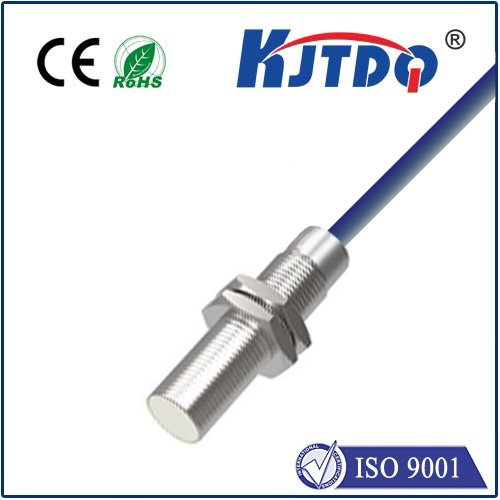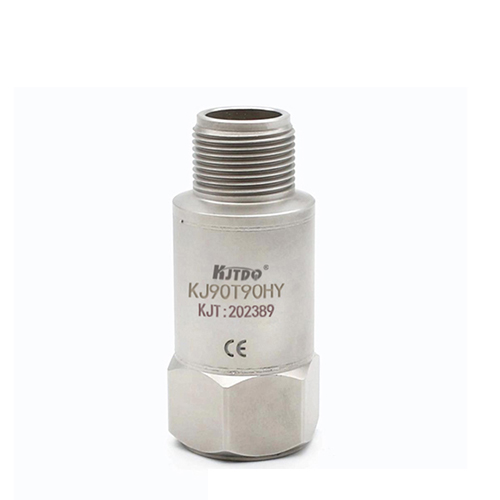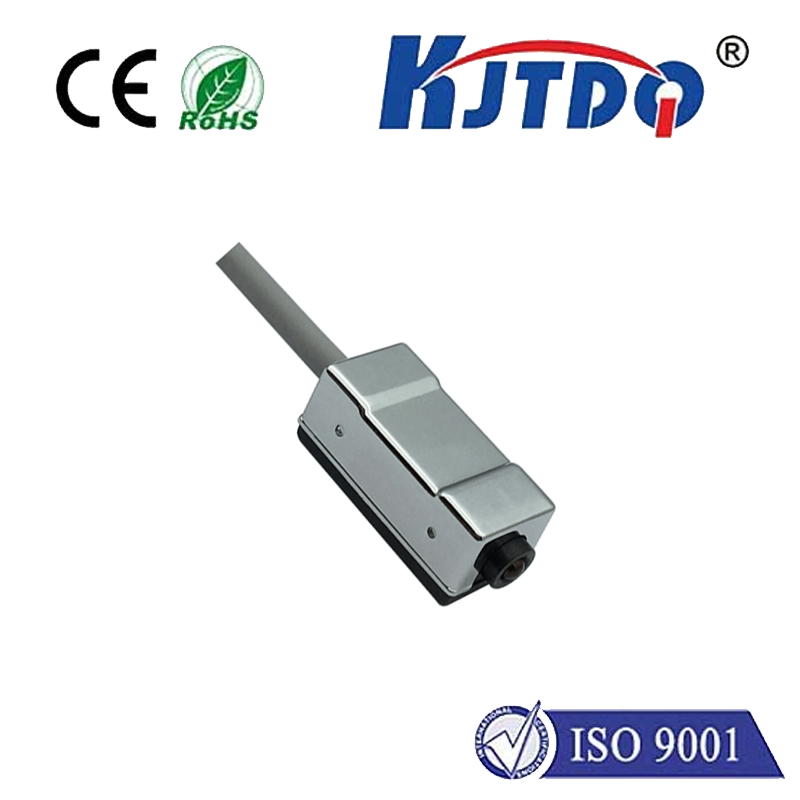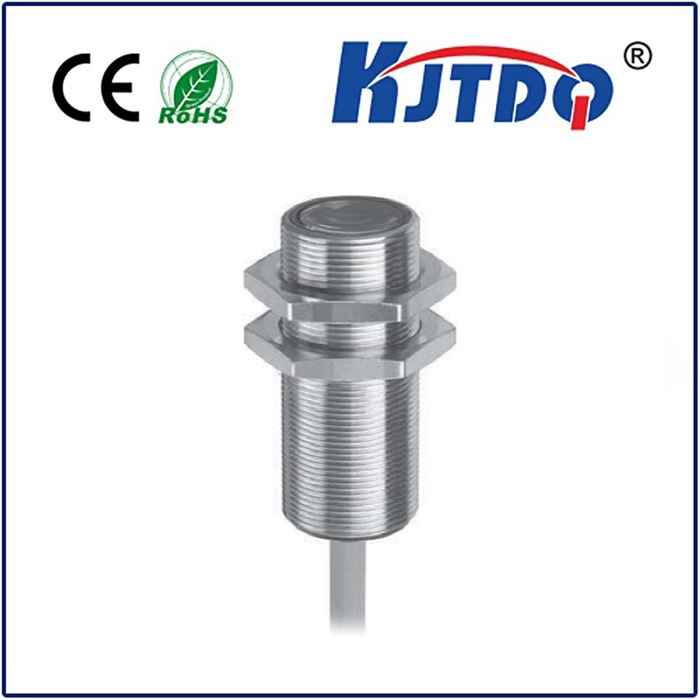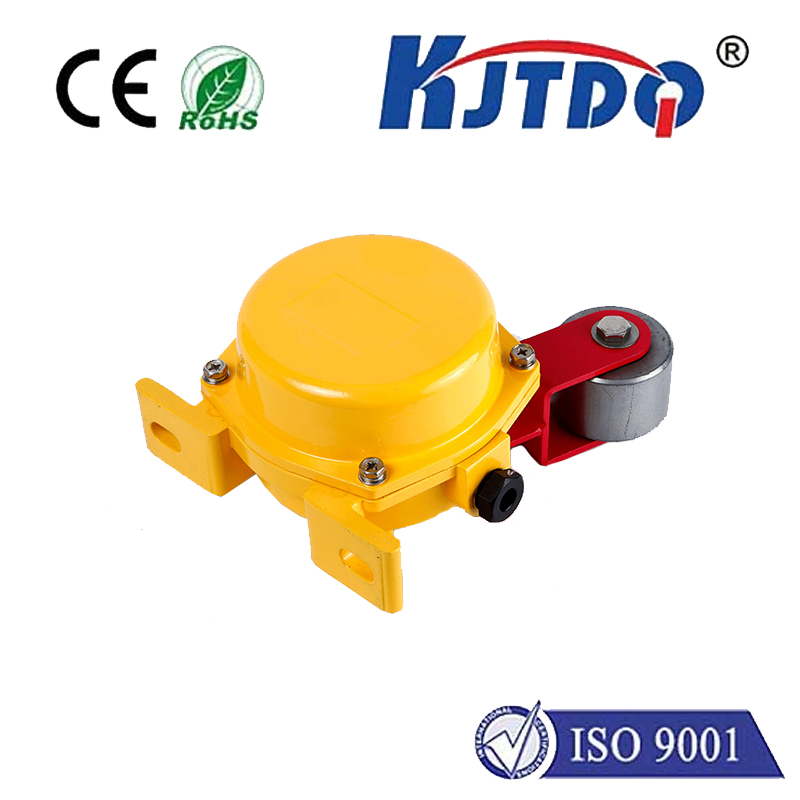proximity sensor with led indicator
- time:2025-07-07 11:31:54
- Click:0
Unlock the Power of Visual Cues: The Essential Guide to Proximity Sensors with LED Indicators
Imagine your smartphone screen instantly waking as you lift it to your ear, or your car smoothly unlocking the doors as you approach with arms full of groceries. Behind these seamless interactions often lies a crucial yet understated component: the proximity sensor. But what elevates its functionality from merely functional to truly intuitive? The addition of an LED indicator transforms this silent sentinel into a clear communicator. This guide explores how proximity detectors with LED feedback enhance user experience, safety, and efficiency across countless applications.
At its core, a proximity sensor detects the presence or absence of nearby objects without physical contact. Common technologies include:

- Infrared (IR): Emits an IR beam; reflection indicates presence.
- Capacitive: Detects changes in an electrostatic field caused by objects.
- Inductive: Sensitive to metallic objects, ideal for industrial settings.
- Ultrasonic: Uses sound waves to measure distance to objects.
The crucial enhancement comes with the integrated LED indicator. This visual element provides immediate, unambiguous feedback about the sensor’s state. Think of it as the sensor’s voice, communicating vital information at a glance. Key benefits include:
- Instant State Confirmation: Is the sensor active? Has it detected something? A glowing, blinking, or color-changing LED provides an immediate answer, eliminating guesswork.
- Enhanced User Guidance: In complex machinery or automated systems (like conveyor belts or robotic arms), LED indicators visually signal when areas are safe to approach or when the system is actively sensing, significantly improving operational safety.
- Simplified Troubleshooting: A non-responsive LED can be the first clue during diagnostics, quickly pointing towards potential power issues, sensor faults, or misalignment. Conversely, unexpected LED behavior signals detection anomalies.
- Human-Machine Interaction (HMI) Clarity: Devices like printers, ATMs, or touchless dispensers use these sensors with LEDs to intuitively guide users – indicating readiness, successful activation, or required proximity adjustments.
- Power & Status Awareness: LEDs provide clear visibility to the sensor’s operational state without requiring complex interfaces or displays.
The magic truly unfolds when we see proximity sensors with LEDs in action:
- Smartphones & Tablets: That small LED near your earpiece that subtly lights up? It confirms the IR proximity sensor has activated, turning off the screen during calls to save power and prevent accidental touches. This simple light provides direct feedback that the crucial power-saving feature is engaged.
- Automotive Innovation: Hands-free trunk opening systems (like kick-to-open) rely on these sensors. An LED indicator often signals when the system is armed and ready to detect your foot gesture, enhancing user confidence.
- Industrial Automation: On factory floors, proximity detectors with LED indicators signal machine status (running, idle, fault) or safe/unsafe zones around robotic equipment. Their robust design and clear visual cues are vital for worker safety and efficient process monitoring. Picture inspecting packaging line sensors – a solid green LED confirms clear detection, while a blinking red might signal a jam preventing object detection.
- Touchless Controls: Public restroom faucets, soap dispensers, and hand dryers frequently use IR proximity sensors. A prominent LED indicator clearly shows when the unit is powered and ready to detect a hand wave, improving accessibility and reducing user frustration.
- Home & Building Automation: Automatic lighting systems use them to detect occupancy for energy savings. LED indicators help during installation for alignment checks and provide ongoing status visibility. Similarly, smart thermostats might use them to detect room occupancy and signal activity detection via an LED.
Not all sensor LEDs are created equal. Considerations are vital:
- Color Coding: Green (safe/active), Red (warning/fault), Yellow/Amber (standby/transition), Blue (special function). Consistent color use aids intuitive understanding.
- Brightness & Visibility: Needs to be clearly seen in the intended operating environment (e.g., bright sunlight vs. dim indoor lighting), often requiring high-intensity or configurable LEDs.
- Mounting & Enclosure: LED placement must be visible without compromising the sensor’s detection field. IP ratings ensure suitability for harsh industrial or outdoor environments.
- Power Consumption: While LEDs consume little power, optimization is key, especially in battery-powered devices. Some sensors offer programmable LED behavior (e.g., LED only blinks on detection) to minimize energy drain.
- Programming & Alerts: Advanced sensors allow configuration of LED patterns (steady, flashing, specific pulse sequences) to signal different states or alerts.
For optimal performance:
- Cleanliness is Crucial: Dust, grime, or condensation on the sensor lens or LED window can severely impair detection reliability and indicator visibility. Regular cleaning according to the manufacturer’s instructions is essential.
- Precise Alignment: Ensure the sensor and its LED are mounted correctly and aimed accurately at the target detection zone for reliable operation and clear visual confirmation.
- Understand the Signals: Refer to the device’s manual to interpret specific LED colors and patterns accurately, avoiding misinterpretation.
The integration of an LED indicator transforms the proximity sensor from a silent observer into a communicative partner. This seemingly small addition delivers immense value: bolstering safety, simplifying troubleshooting, and creating intuitive, user-friendly interactions across consumer electronics, automotive systems, industrial machinery, and smart building controls. By providing clear visual feedback, proximity detectors with LED indicators become indispensable components in modern designs, bridging the gap between automated sensing and human understanding. They don’t just detect the world; they help us understand it.












